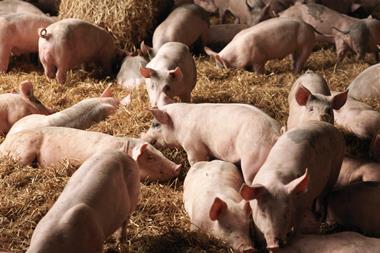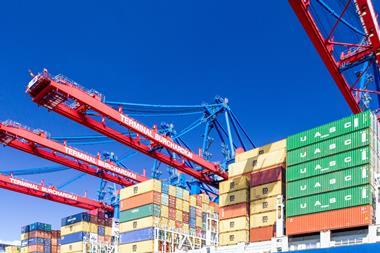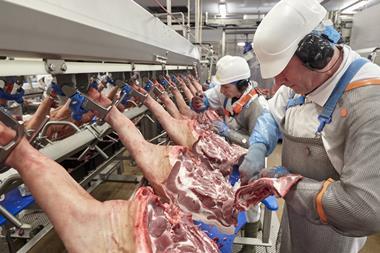
The Philippines should be seen as an “important and growing market” for the UK’s beef, lamb and pork producers, according to AHDB, which recently paid a trade visit to the south-east Asian nation.
The levy board’s senior exports manager Susan Stewart described as “incredibly encouraging” 2021 export estimates showing British pork shipments to the Philippines increasing fourfold and beef exports up by 65%.
Beef sales covered only the first nine months of the year, as the Philippines imposed an imports ban in September after a case of mad cow disease was reported in Somerset. The ban was rescinded in March by the government in Manila.
The Philippines, a 7,000-island, 110 million population-archipelago, has doubled its overall meat imports over the past decade, according to statistics published by its Department of Agriculture’s Bureau of Animal Industry, which further showed imports for the first quarter of 2021 up by almost 25% year on year.
The rise in meat-eating came as the Philippines’ GDP, measured per capita, expanded from $2,217 in 2010 to almost $3,500 in 2021, according to official data collated by the World Bank. Rising incomes facilitated increased consumption of popular local meat-based dishes such as lechon, a slow-roasted sucking pig, and adobo, a soy-tinged stew.
Other favourites, such as kare-kare, often include tripe and calves or pigs’ feet, meaning British meat exporters could potentially sell cuts to the Philippines that are sometimes discarded as offal at home.
The official Philippine imports data for Q1 2022 showed pork and offal making up over half the volume imported, with Spain accounting for over a third of imports. Australia, Canada, Denmark, France and Ireland were also significant suppliers of meat to the Philippines, suggesting in turn there could be room for the UK to increase its share if it can successfully jostle with some of its closest neighbours.
In an earlier assessment of the UK’s prospects of increasing its farm-sourced exports to Asia, AHDB said that many of the continent’s increasingly wealthy nations had seen “rising levels of disposable income” – a new-found affluence that had led to “a growing appetite for meat, dairy and potatoes”.
A separate in-depth assessment of British dairy exporting prospects published late year suggested potential opportunities in Asia, based on market data showing growing taste for cheese in particular, as average incomes surge in fast-growing economies such as China and Vietnam.
British meat exporters have been struggling with rising input costs at home and the lack of a veterinary agreement between the UK and European Union, while some in the sector have criticised trade deals with meat exporting powerhouses Australia and New Zealand, saying the end-game could be the undercutting of the UK’s meat industry.
At the same time, meat exports to Japan and the US are rising, albeit from a low base, and the inability of New Zealand to meet its lamb sales quota to the EU could open doors on the continent for UK sheep farmers.


















